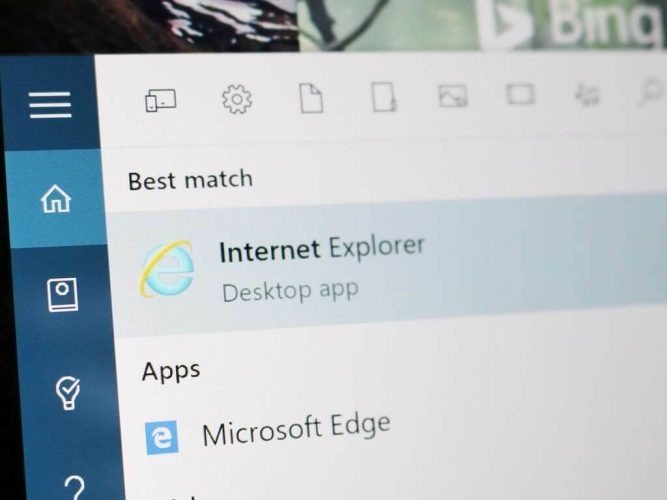Microsoft phases out Internet Explorer completely
2 min. read
Published on
Read our disclosure page to find out how can you help Windows Report sustain the editorial team. Read more

Last year, Microsoft announced its plan to cut support for Internet Explorer via a Microsoft Edge update. The set cut-off date was scheduled for February 14, this year. This means that Microsoft has now cut support for IE indefinitely.
The initial plan was to disable Internet Explorer 11 in Windows 10 via a software update, but Microsoft restrategized and opted to kill it off using an Edge update instead to make the switch simpler. Microsoft has been urging users to switch to the new Edge for quite some time and even rolled out an IE Mode update to make the transition seamless. What’s more, while making the transition your browsing data will also be moved to Edge.
Microsoft is now rolling out this update simultaneously to both consumer and commercial devices. It should be noted that you won’t be able to roll back to the previous version once the update is installed.
Users who continue using Internet Explorer from today will start seeing a “The future of Internet Explorer is in Microsoft Edge” banner and get redirected to Edge. Microsoft had previously indicated that:
If your organization still has dependencies on IE11, you must take steps now to complete your transition before February 14, 2023, or risk business disruption at scale when users lose access to IE11-dependent applications.
Remnants of IE11 such as icons on the taskbar will continue lurking for a few months to aid with the transition. Microsoft plans to get rid of the icons via a Windows Security “B” release update in June. Alternatively, the user can opt to remove them by installing the optional, preview “C” release which will be available by late May.








User forum
0 messages